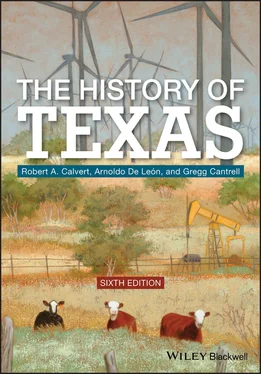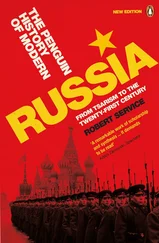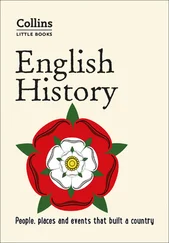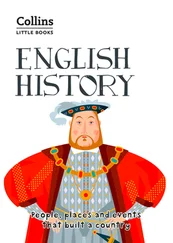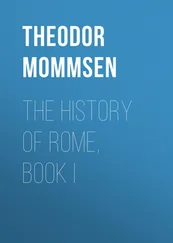Goods moving out of the province included corn, the skins of deer and bears, salted meats, and even timber from East Texas. The latter enterprise amounted to little more than a local activity undertaken to meet the needs of the people around Nacogdoches, but some of the lumber found its way to buyers as far away as Matamoros.
To further their education, the foreigners established numerous schools in the 1820s and 1830s. They patterned the schools after institutions similar to ones they had known in the southern United States. Private enterprise provided the funds for children’s education (public schooling did not exist during that era), both at the elementary and secondary levels. Older students attended academies or boarding schools, which were private institutions established by religious groups, local residents, immigrant teachers (often women) of certain communities who wanted a place in which to practice their profession, or by individuals seeking a profit. In Texas, education suffered the limitations of the frontier. Instructors were never plentiful, private homes usually had to serve as makeshift educational facilities, and schoolhouses, where they existed, were often little more than simple structures constructed from pine logs. Colonists who could afford to do, so sent their children to schools in the United States.
Printing in Texas had started in the 1810s with the first and probably the only issue of La Gaceta de Tejas , printed to spread republican ideas that might help Mexico liberate itself from Spain. But the first successful press in Texas was established in 1829 in Austin’s colony by Godwin Brown Cotten. His newspaper, named the Texas Gazette , served Austin in his determination to assure the host country of Anglo American loyalty and to remind the colonists of the gratitude they owed to Mexico. The Gazette ceased publication in 1832, but other papers continued to spread the news to Anglo Texans.
Although Anglos had agreed to observe the Catholic religion in order to qualify as Mexican citizens, the Church neglected them because of, among other things, a shortage of priests. Hence, many Anglo settlers held illicit church services and (religious) camp meetings. Lacking priests, the people in Austin’s colony conducted their own civil ceremonies when necessary, though in 1831 and 1832 the Irish‐born Father Michael Muldoon did tend to the community as the resident clergyman. He reported the colonists as faithful to Catholicism, but he wed couples who had already been living together outside of church‐sanctioned marriages. For a brief time after 1834, the settlers did not have to be so cautious about their religious practices, for the state government conceded them freedom of conscience.
Anglos defended themselves by organizing local militias, ready volunteer companies authorized by the Mexican government as alternatives to standing armies. These were necessary, given the government’s inability to provide the settlers adequate protection. In 1825, the garrisons at San Antonio and Goliad had only fifty‐nine men; by 1832, the government had managed to raise that number to about 140, but only half of these Texas soldiers were formally prepared for military action. Unlike Austin’s, most of the colonies failed to establish their own militia as was prescribed by law. Instead, they relied on volunteer companies of a temporary nature; such units evolved into the Texas Rangers, so organized in July 1835.
For black people, life on the Mexican frontier differed radically from that of their counterparts during the Spanish colonial era. As already noted, Anglos had, in the guise of contract labor, been able to perpetuate slavery despite Mexican disapproval. Neither the Law of April 6, 1830, nor a state decree issued in 1832 to weaken negotiated servant contracts deterred some of the immigrants from bringing black slaves into Texas surreptitiously. Anglos argued that the economic development of the province depended on slave labor, and both Tejano oligarchs and liberal politicians in Coahuila seconded this position. Although many Mexican officials genuinely believed in the cruelty and immorality of the institution, they somehow consistently accepted the argument that the province could not grow and prosper without it.
By 1836, the number of slaves in Texas numbered about 5000. Most slaves lived on the Anglo plantations located in the productive lands adjacent to the Brazos, Colorado, and Trinity rivers, although slavery did exist around Nacogdoches and in other fledgling Anglo communities along the Red River.
The peculiar institution arrived in Texas with all its southern trappings, for whites sought to recreate it just as it existed in the United States. As in the South, where society delineated strict roles for the disparate races, in Texas many Anglos considered blacks a racially inferior people suited to a life of strenuous labor and servitude. As far as these people were concerned, black persons could be bought and sold, hired out, counted as part of one’s assets, and bequeathed to relatives. To control the slave population, whites followed tried and tested policies, including the liberal use of the lash. Slaves attempted to alleviate their condition by running away when possible, often seeking refuge among the Indian tribes of East Texas or in the Mexican settlements of the nation’s interior.
Hispanic Texans, many of them descendants of the first colonizers and presidial soldiers assigned to garrisons throughout the Spanish period, lived in the ranching areas of Central and South Texas. In the latter area, they occupied lands granted to them since the 1770s but also ones acquired from the state of Tamaulipas as late as the early 1830s. Most Tejanos, however, continued to live in the older cities established in the eighteenth century. The Tejano urban settlements included: San Antonio, which had a Hispanic population of 2500 in 1835; Goliad, with 700 in 1834; and Nacogdoches, reporting a figure of 537 Mexicans in 1835. Additionally, Tejanos resided near Goliad, in the nascent town of Victoria founded in 1824 by the empresario Martín de León. By 1830, the population of Victoria had grown to 248, and to 300 four years later. On the Rio Grande, Laredo consisted of about 2000 predominantly Hispanic residents in 1835.
In the towns, people tried to make a living in a variety of ways. Merchants, especially in San Antonio, sojourned to the Mexican states below the Rio Grande to acquire finished goods such as clothing and household items for resale in the province. Tradespeople met both civilian and military needs as tailors, blacksmiths, and barbers. Poor people, most of them peones (commoners), did whatever task people would pay them to perform, including work on nearby ranches.
In the countryside, rancheros still took to the open range to round up mesteños , though by this time government regulation impeded efforts to make a profitable living in this way. Nonetheless, the rancheros around San Antonio clandestinely captured wild horses and cattle and invented clever ways to sell the stock to soldiers, fellow Béxareños, and even Anglo Americans. Alternatively, as rancheros had done in the Spanish era, they drove their stock into other Mexican states or Louisiana.
Generally, farming continued to provide only a subsistence‐level existence. The people in San Antonio generally limited themselves to working family plots, though larger landowners tried harvesting vegetables and fruits on a grander scale. Some of the farmers in Béxar and Goliad who possessed irrigable lands experimented with growing cotton. Farming did at times yield slight surpluses, most of which were consumed locally.
As was the case before Mexico gained independence, Mexican society in Texas remained a divided one, the emerging opportunities in commerce, ranching, and politics during the 1820s and 1830s fueling the fragmentation. Government bureaucrats, successful merchants or rancheros, and others who came from prominent families made up a small elite. Among its members were Erasmo and Juan N. Seguín, José Antonio Navarro, Ramón Músquiz, and retired soldiers such as José Francisco Ruiz and José María Balmaceda.
Читать дальше
